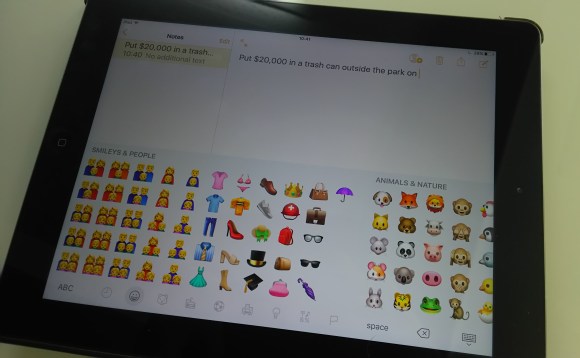
Common sense might lead you to believe that “emoji” is simply a variation of “emoticon,” but Japanese common sense tells a whole different story.
We all know emoji as those convenient little pictures that punctuate our tweets and emails letting people know when we’re being sarcastic or facetious. They’re a slicker, modern version of those crude emoticons constructed from preexisting keyboard characters like ;) to express happiness or >8[ to symbolize a grumpy puppet… or something. I don’t know.
The similarities between emoticons and emoji would certainly suggest the names are simply variations of one another. As we all know “emoticon” is just a portmanteau of “emotion” and “icon.” So with emoji being an invention of Shigetaka Kurita working with NTT DoCoMo we could assume that “emoji” is a similar portmanteau of “emotion” and the Japanese word for written character “ji” (字).
The way “ji” works is as a suffix with the opening part explaining what type of character it is. For example, “kan” which refers to China and “ji” make “kanji” or “Chinese characters” and “su” meaning “count” and “ji” make “suji” meaning “number.” So it’s not a stretch to assume “emoji” follows the same logic but with a slight English twist.
However, one more example would be “moji” which simply means “word.” Now, if we slap on the Japanese word for picture, “e” (pronounced “eh”), we get “emoji” or “picture word.”
▼ “E” (picture) + “moji” (word) = “emoji” (picture word)
Although common knowledge in Japan, this open secret caused a bit of a stir when posted on the Today I Learned page of Reddit leading to comments such as:
“If this is the case then everyone mispronounces it. It would be “eh” Moji, not “ee” Moji.”
“I thought it was emo(tion) + ji (letter)”
“And I did not know that! Thanks.”
“Etymology sure is an emojional rollercoaster!”
“Huh, an instance of ‘found in translation.'”
“Dafuq! I didn’t know!”
Some also figured that rather than a pure coincidence, there was an intentional effort to make the word similar to “emoticon.” It’s possible, but emoticons weren’t used in Japan very much. Instead, kaomoji (顔文字) — where “kao” means “face,” hence “face words” — were the preferred digital smileys.
▼ Kaomoji tend to be more detailed and less ambiguous than older emoticons such as this one that means “my eyeball just fell out and exploded.”
If you would like to learn more about the fun of kaomoji and beyond, check out our tutorial on some Japanese IME functions.
As for the true meaning of “emoji,” the lack of “emotion” being a part of it makes perfect sense, considering facial expressions only make up a fraction of the entire emoji catalog. Unless “post office” and “tractor” are simply feelings I haven’t gotten in touch with yet.
Source: Reddit
Images: ©SoraNews24

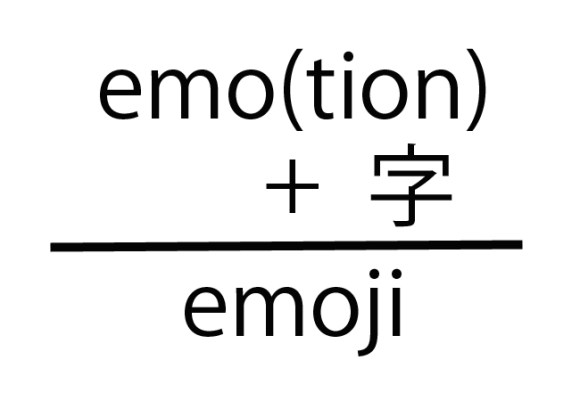
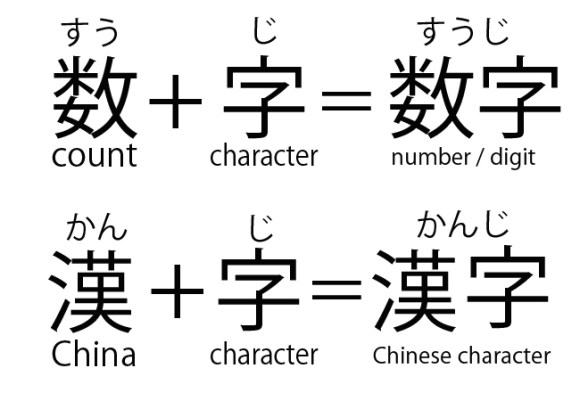
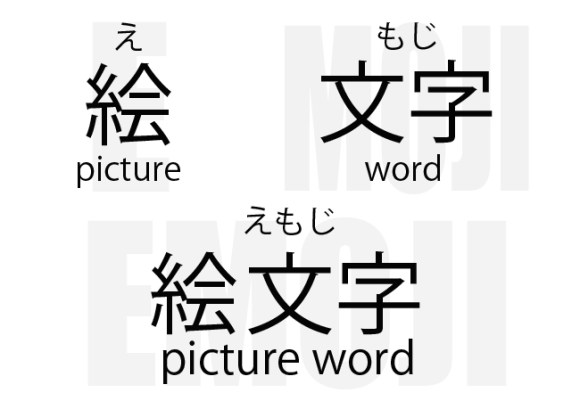
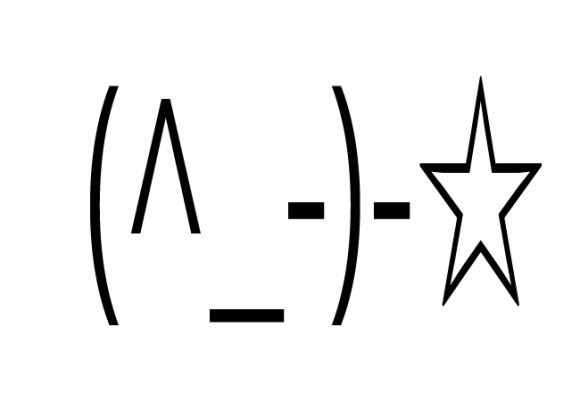
 Emoji is the new black: Could emoji fashion be the next “kawaii” trend?
Emoji is the new black: Could emoji fashion be the next “kawaii” trend? Keyboard app shares most common emoji by country, Japan’s are completely different from others
Keyboard app shares most common emoji by country, Japan’s are completely different from others What’s that emoji? Let’s take a look at Japanese culture with these texting emoticons!【Part 1】
What’s that emoji? Let’s take a look at Japanese culture with these texting emoticons!【Part 1】 Newest Japanese Twitter craze has users guessing movies using only emoji as hints
Newest Japanese Twitter craze has users guessing movies using only emoji as hints Japanese survey finds top 10 emoji that “make you look like an old man”
Japanese survey finds top 10 emoji that “make you look like an old man” Pizza Hut Japan’s hot lucky bags are perfect for a New Year’s pizza party
Pizza Hut Japan’s hot lucky bags are perfect for a New Year’s pizza party We found possibly the quietest Japanese-style hotel in Tokyo’s bustling Shinjuku district
We found possibly the quietest Japanese-style hotel in Tokyo’s bustling Shinjuku district Harajuku’s new permanent Tamagotchi shop is filled with cuteness and a surprising lack of poop
Harajuku’s new permanent Tamagotchi shop is filled with cuteness and a surprising lack of poop Hello Kitty Choco Egg figures are an adorable trip through three periods of Japanese pop culture【Pics】
Hello Kitty Choco Egg figures are an adorable trip through three periods of Japanese pop culture【Pics】 More Than a Capsule Stay: Why Solo Travelers Choose “global cabin Yokohama Chinatown”
More Than a Capsule Stay: Why Solo Travelers Choose “global cabin Yokohama Chinatown” Nagoya’s dark-red miso has continued to capture tastebuds for generations
Nagoya’s dark-red miso has continued to capture tastebuds for generations Survey says osechi New Year’s food differs according to each region in Japan
Survey says osechi New Year’s food differs according to each region in Japan Japanese thug wear from Birth Japan perfect for those breaking bad next year
Japanese thug wear from Birth Japan perfect for those breaking bad next year Kawaii Monster Land getting set to become Harajuku’s newest whimsical underground wonderland
Kawaii Monster Land getting set to become Harajuku’s newest whimsical underground wonderland This gachapon capsule machine dispenses real Akoya pearls, with certificates of authenticity
This gachapon capsule machine dispenses real Akoya pearls, with certificates of authenticity Starbucks Japan ready to get Year of the Horse started with adorable drinkware and plushies【Pics】
Starbucks Japan ready to get Year of the Horse started with adorable drinkware and plushies【Pics】 7-Eleven Japan’s ramen-cooking robot whipped us up a bowl of noodles【Taste test】
7-Eleven Japan’s ramen-cooking robot whipped us up a bowl of noodles【Taste test】 Cyberpunk anime meets traditional culture in Ghost in the Shell gold leaf Japanese changing screens
Cyberpunk anime meets traditional culture in Ghost in the Shell gold leaf Japanese changing screens 7 great places to see Mt. Fuji from without having to climb it
7 great places to see Mt. Fuji from without having to climb it Japan’s otoshidama tradition of giving kids money at New Year’s gets a social welfare upgrade
Japan’s otoshidama tradition of giving kids money at New Year’s gets a social welfare upgrade Lacquerware supplier to emperor of Japan and Pokémon team up for new tableware
Lacquerware supplier to emperor of Japan and Pokémon team up for new tableware Sumo Sanrio! Hello Kitty and pals team up with Japan Sumo Association for new merch【Pics】
Sumo Sanrio! Hello Kitty and pals team up with Japan Sumo Association for new merch【Pics】 Can a dirty butthole make you filthy rich in Japan? We’re starting a New Year’s lottery experiment
Can a dirty butthole make you filthy rich in Japan? We’re starting a New Year’s lottery experiment 7-Eleven Japan starts new temporary luggage storage service in over 300 branches
7-Eleven Japan starts new temporary luggage storage service in over 300 branches Disillusionment at Tsukiji’s tourist-target prices led us to a great ramen restaurant in Tokyo
Disillusionment at Tsukiji’s tourist-target prices led us to a great ramen restaurant in Tokyo Starbucks teams up with 166-year-old Kyoto doll maker for Year of the Horse decorations【Photos】
Starbucks teams up with 166-year-old Kyoto doll maker for Year of the Horse decorations【Photos】 Tokyo considering law requiring more trash cans following litter increase in heavily touristed area
Tokyo considering law requiring more trash cans following litter increase in heavily touristed area Tokyo’s Tsukiji sushi neighborhood asks tour groups to stay away for the rest of the month
Tokyo’s Tsukiji sushi neighborhood asks tour groups to stay away for the rest of the month Nintendo’s Kirby now delivering orders at Kura Sushi restaurants, but not in Japan
Nintendo’s Kirby now delivering orders at Kura Sushi restaurants, but not in Japan Tokyo event lets you travel back in time, for free, to celebrate 100 years since Showa era start
Tokyo event lets you travel back in time, for free, to celebrate 100 years since Showa era start Sanrio theme park in Japan announces plans to expand into a Sanrio resort
Sanrio theme park in Japan announces plans to expand into a Sanrio resort Japan may add Japanese language proficiency, lifestyle classes to permanent foreign resident requirements
Japan may add Japanese language proficiency, lifestyle classes to permanent foreign resident requirements Survey asks foreign tourists what bothered them in Japan, more than half gave same answer
Survey asks foreign tourists what bothered them in Japan, more than half gave same answer Japan’s human washing machines will go on sale to general public, demos to be held in Tokyo
Japan’s human washing machines will go on sale to general public, demos to be held in Tokyo Japan’s deadliest food claims more victims, but why do people keep eating it for New Year’s?
Japan’s deadliest food claims more victims, but why do people keep eating it for New Year’s? We deeply regret going into this tunnel on our walk in the mountains of Japan
We deeply regret going into this tunnel on our walk in the mountains of Japan Studio Ghibli releases Kodama forest spirits from Princess Mononoke to light up your home
Studio Ghibli releases Kodama forest spirits from Princess Mononoke to light up your home Major Japanese hotel chain says reservations via overseas booking sites may not be valid
Major Japanese hotel chain says reservations via overseas booking sites may not be valid Put sesame oil in your coffee? Japanese maker says it’s the best way to start your day【Taste test】
Put sesame oil in your coffee? Japanese maker says it’s the best way to start your day【Taste test】 No more using real katana for tourism activities, Japan’s National Police Agency says
No more using real katana for tourism activities, Japan’s National Police Agency says Starbucks Japan reveals new sakura drinkware collection, inspired by evening cherry blossoms
Starbucks Japan reveals new sakura drinkware collection, inspired by evening cherry blossoms Updated cherry blossom forecast shows extra-long sakura season for Japan this year
Updated cherry blossom forecast shows extra-long sakura season for Japan this year World’s most popular emoji ranking shows something missing from Japan’s top picks
World’s most popular emoji ranking shows something missing from Japan’s top picks English conversation school in Japan has clever reminder that students don’t have to be perfect
English conversation school in Japan has clever reminder that students don’t have to be perfect Do you use these “Philippine English” words and phrases?
Do you use these “Philippine English” words and phrases? How do you say ‘Google it, you trash’ in British English? Answer surprises many in Japan
How do you say ‘Google it, you trash’ in British English? Answer surprises many in Japan Adorable dog plushie from Japan looks 100-percent like actual dog, but nothing like you’d expect
Adorable dog plushie from Japan looks 100-percent like actual dog, but nothing like you’d expect Passing the JLPT N1 — Here’s how I did it, so you can too!
Passing the JLPT N1 — Here’s how I did it, so you can too! Avengers film’s Japan scenes look just like the real Japan…if you haven’t spent much time there
Avengers film’s Japan scenes look just like the real Japan…if you haven’t spent much time there
Leave a Reply